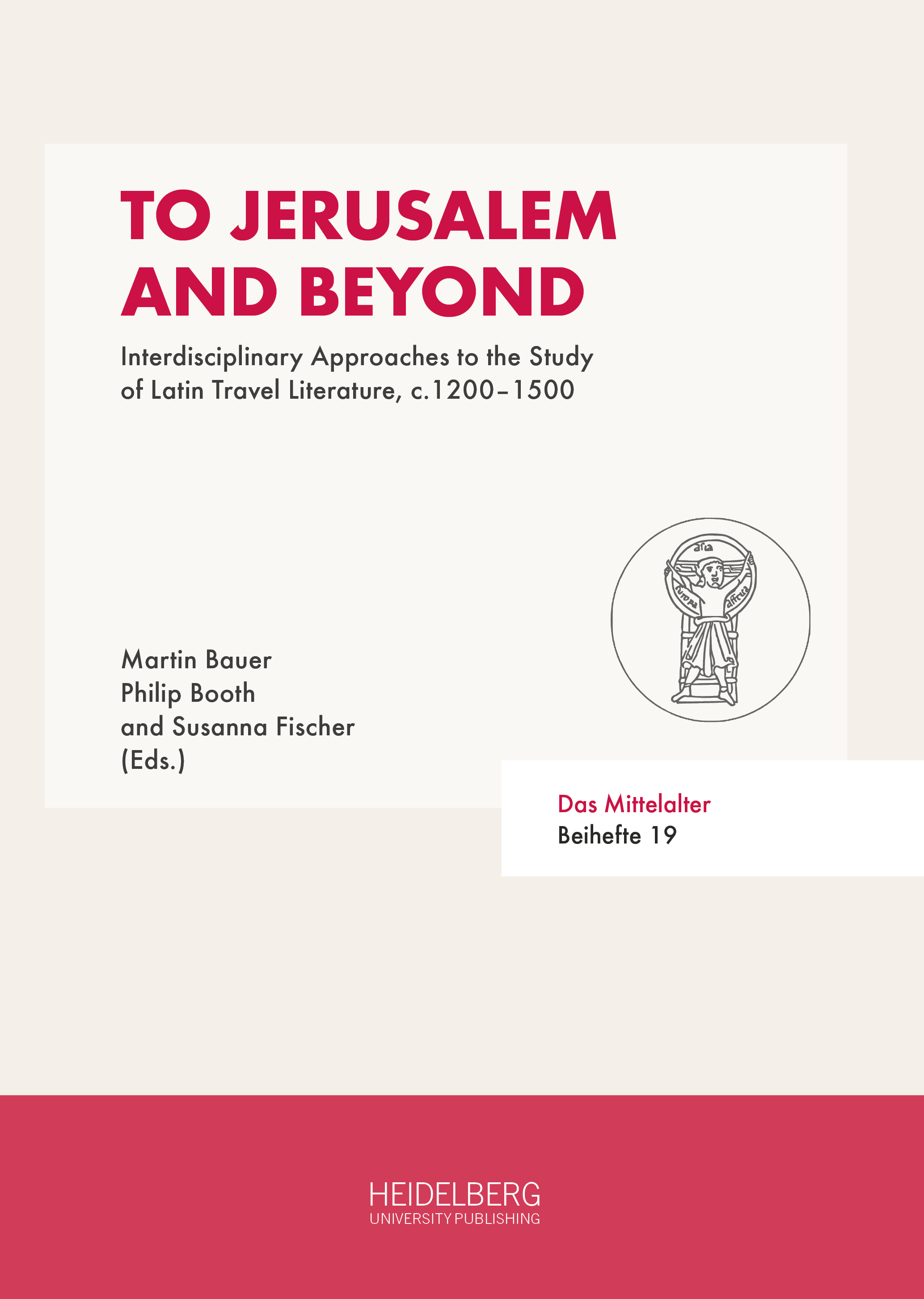How to Cite
License (Chapter)

This work is licensed under a Creative Commons Attribution-NonCommercial-ShareAlike 4.0 International License.
Identifiers (Book)
Published
The ‘Muslim Other’ in (Late) Medieval Latin Pilgrimage Reports
Origins, Differences, and Functions
Abstract The chapter studies the encounter with the Muslim ‘Other’ in Latin pilgrimage reports from the 13th to the 15th centuries. It reflects upon the meaning and function of statements about Muslims and Islam and shows how late medieval reports, which increasingly devoted space to describing the faith and cultural practices of other religious groups, became an important medium for conveying ‘knowledge’ of Islam, adopted from various anti-Islamic writings, to a broader readership. Authors transmitted these negative images of Muslims and the Prophet Muhammad with the aim of strengthening Christian identities. They actively constructed the ‘Muslim Other’ to outline an idealized image of the ‘Christian Self’, to prove the superiority of Christianity, and to fashion themselves as pious Christian pilgrims overcoming the obstacles posed by a religious enemy. However, as a result of the reciprocal relationship between the ‘Self’ and the ‘Other’, positive images of the ‘Muslim Other’ were also used to make the reader aware of their own, or their society’s, transgressions and lack of faith. Conversely, some encounters between ‘Self’ and ‘Other’ reveal glimpses of pragmatic tolerance between Muslims and Christian pilgrims beyond dogmatic cultural borders.




